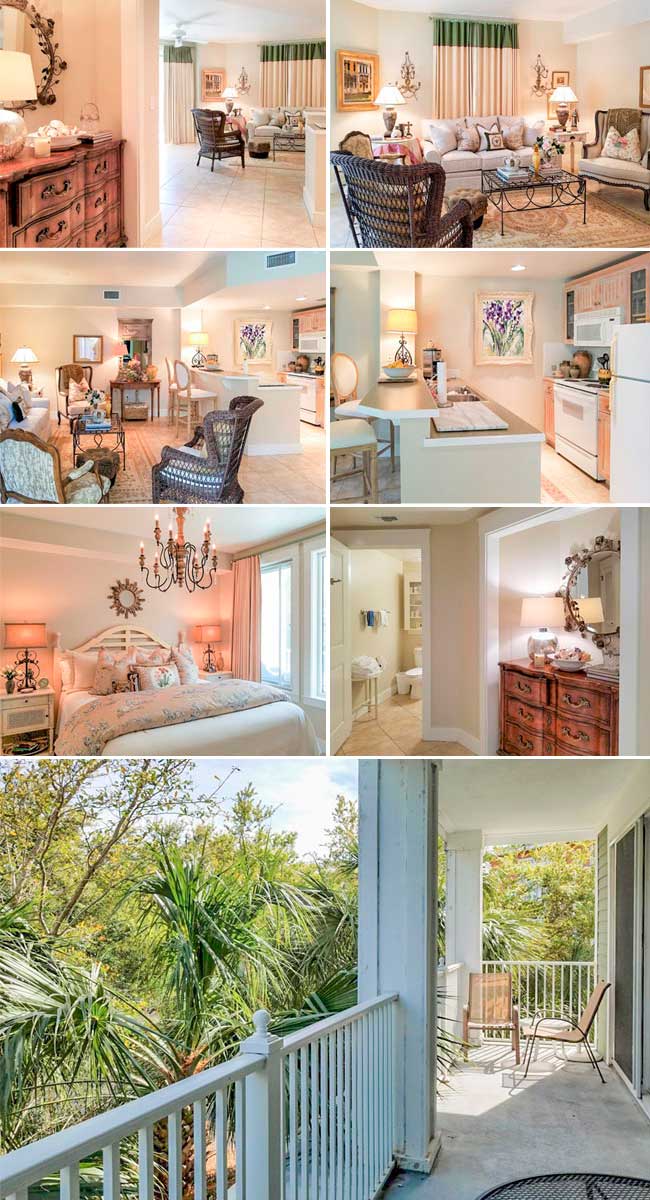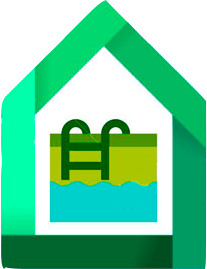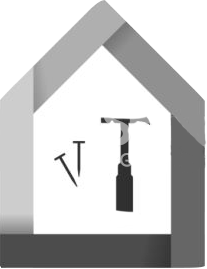1. Long-Term Profits.
While all assets fluctuate in worth for a while, vacation properties will retain their worth and appreciate simply because they can be found in popular areas with a geographically limited source. There exists a finite mountain or shoreline which houses could be built, and just 18 holes on a course.
But property, like stocks, bonds along with other investments, has usually fluctuated in value and can continue to achieve this later on likely. Therefore, remember that there is absolutely no guarantee a second house will sell for an increased price later on.
2. Tax Deductions.
Lots of people who own 2nd homes would rather keep them unoccupied you should definitely being used for individual enjoyment. In the event that you allow and cost lease for occupancy for only two weeks each year, the interest on the home loan and the house taxes are deductible from your own gross income fully. Quite simply, for tax purposes, it is possible to treat this mortgage exactly the same way you'll the home loan on your own primary residence.
3. Rental Income.
If you opt to rent your house, but utilize the property as well personally, you’ll have to determine whether you’re permitted deduct operating costs. To determine this, add up the times you rented the house. If you occupied the house less than 10% of the times you rented it or for under fourteen days - whichever is greater - it is possible to deduct all the operating costs of the house including attention, utilities, cleaning fees, yard maintenance, and management charges. If you need assist determining what you’re permitted deduct, contact a taxes professional or evaluation IRS Publication 527 on holiday rentals.
Rental fees vary in accordance with seasons and the popularity of the resort location. For some resorts, peak season every week rental fees are equal to or higher than the house’s monthly mortgage repayment usually, enabling you to break despite having an yearly occupancy around 30% from the cash flow viewpoint.
4. Familiarity.
Returning to exactly the same place period and after time could be comforting as you feel familiar and more comfortable with the area. It gives you the independence to become yourself and the chance to expand long-phrase friendships with residents - it is possible to become section of the social fabric.
5. Convenience.
The opportunity to conveniently store items that are used at the next home simplifies travel and packing exclusively. My family’s ski paraphernalia, alongside extra winter clothing, was stored at the house in Breckenridge, Colorado, permitting us to very easily make unscheduled outings for a weekend break of skiing minus the trouble of packing or stressing if our skis would arrive on a single airline flight.
6. Retirement Head Start.
Though we might love the accepted locations where we function and live, every accepted place has its drawbacks. If you reside in Texas, for instance, the summers of 100-plus-degree temps are brutal. Individuals in Chicago, Philadelphia, along with other northern cities frequently hate the annual have a problem with snow.
A standard goal of retirement would be to have a location of retreat for the changing times of the entire year we dislike probably the most at our primary residence. Locating and purchasing a second home ahead of retirement allows you to go through the great things about a refuge before real retirement, a right time to correct and amend your programs if the truth is unique of the dream.
7. Location for Gatherings.
Places stir reminiscences of individuals, relationships, and memories. As a known member of a big extended family, I’ve usually enjoyed the yearly Independence Day gathering within my cousin’s lake home. The get-togethers began when I has been a boy when my dad and his two brothers bought a lot on a big lake in western Oklahoma, and also have continued through the birth of my grandchildren and kids. The yearly visit has turned into a tradition that has held our ever-growing family members close once we spread over the region and country.
The intangible good thing about owning and passing property from generation to generation - especially a house that has been and can continue to be the website of several happy gatherings - is incalculable.
8. Usage of Other Vacation Homes.
Many second homes can be found in areas that folks prefer to visit - resorts, golf courses, mountains, seashores - and their attraction is common. As a total result, owners in a single location frequently arrange to trade amount of time in their home for amount of time in a house situated in another region. That is referred to as a house exchange.
As somebody in a house situated in Pebble Seaside, California, I as soon as swapped weekly at my home for 14 days in a house (with make and housekeeper) on a Caribbean island. Who owns the St. Maarten house wanted to get his buddies for an extended golf visit to the famous programs of Pebble Seaside, while I needed to take my children for a protracted beach vacation. The swap exercised well for both ongoing parties.
 With real solid hardwood flooring, each board is made from one solid piece of wood, ensuring a tight, dense grain pattern for strength. With engineered hardwood, each flooring board is made up of multiple component layers, to achieve the desired thickness and wear.
With real solid hardwood flooring, each board is made from one solid piece of wood, ensuring a tight, dense grain pattern for strength. With engineered hardwood, each flooring board is made up of multiple component layers, to achieve the desired thickness and wear.










